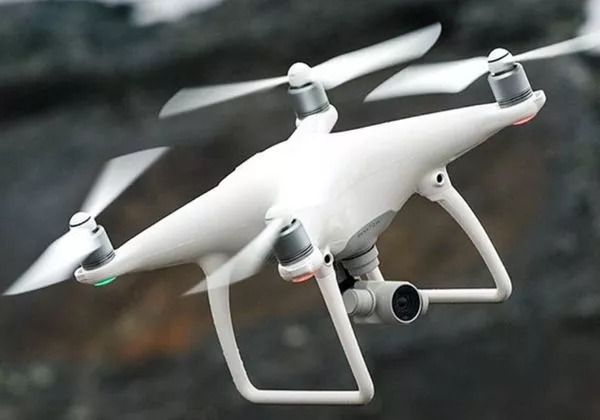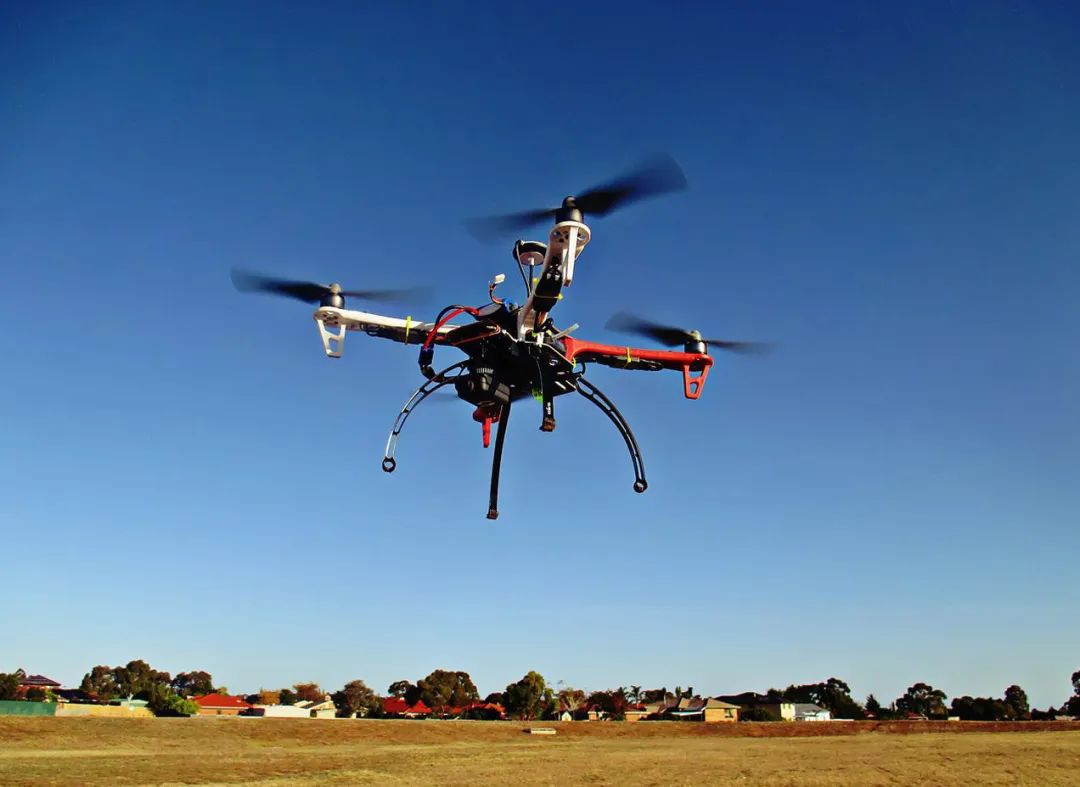Exploring the Future of Security: The Impact of Surveillance Drones
Surveillance drones are revolutionizing the way security and monitoring are conducted in modern contexts. These unmanned aerial vehicles, equipped with advanced imaging technologies, offer unparalleled advantages in both civilian and military settings. As the technology evolves, the capabilities of surveillance drones continue to expand, making them indispensable in various applications.
Enhanced Security Measures
Security agencies worldwide use surveillance drones to enhance their operational effectiveness. These drones can cover large areas in a short period, providing real-time, high-quality aerial footage that is invaluable for event security, disaster management, and border control. The ability to deploy these devices quickly and efficiently allows for rapid response to emerging threats, ensuring public safety.
Applications in Law Enforcement
In law enforcement, surveillance drones are proving to be significant tools. They aid in tracking suspects without the need for risky high-speed chases, provide overhead views during tactical operations, and help in gathering evidence without physical presence, thereby ensuring officer safety and preserving the integrity of crime scenes.
Environmental Monitoring and Conservation
Another essential application of surveillance drones is environmental monitoring and wildlife conservation. These drones can map large landscapes, monitor endangered species, and assess environmental changes over time. The data collected is crucial for developing strategies to combat climate change and protect biodiversity.
Technological Advancements

The technological advancements in drone surveillance are noteworthy. Modern drones are equipped with artificial intelligence, enabling them to identify objects, track movements, and analyze patterns autonomously. These AI-powered drones offer insights that were previously unattainable, aiding in efficient decision-making processes.
Privacy Concerns and Regulatory Challenges
The proliferation of surveillance drones does, however, raise significant privacy concerns. Balancing the need for security with individual privacy rights is a challenge that governments and regulatory bodies must address. Clear guidelines and regulations are necessary to ensure ethical use while maintaining the benefits these devices provide.
Future Prospects
As surveillance drone technology continues to advance, its integration into daily life will likely increase. Innovations such as enhanced battery life, improved AI analytics, and swarm technologies propose exciting possibilities for future security solutions. These developments not only promise more secure environments but also pave the way for entirely new applications.
FAQs on Surveillance Drones
Q: How do surveillance drones impact privacy?
The use of surveillance drones can raise privacy concerns as they have the potential to capture individuals without consent. Regulations and laws aim to mitigate these concerns by outlining acceptable usage.
Q: What is the future of surveillance drones?
The future of surveillance drones is promising, with anticipated enhancements in AI technologies, operational efficiencies, and broader application scopes, leading to more refined and effective monitoring solutions.

Q: Can surveillance drones be used for personal security?
Yes, personal security companies can employ surveillance drones for private property monitoring, providing added layers of security and peace of mind for homeowners and businesses.